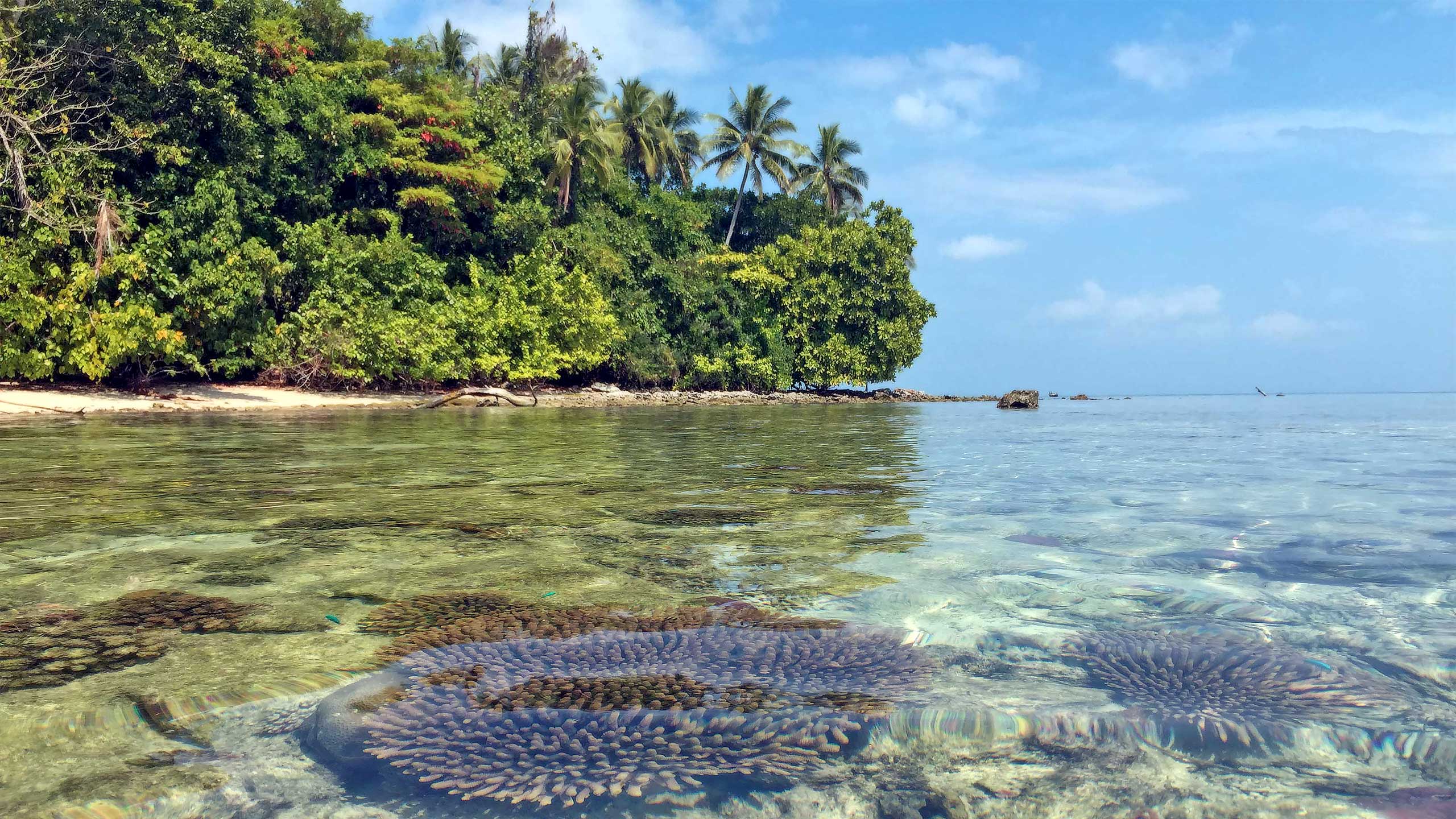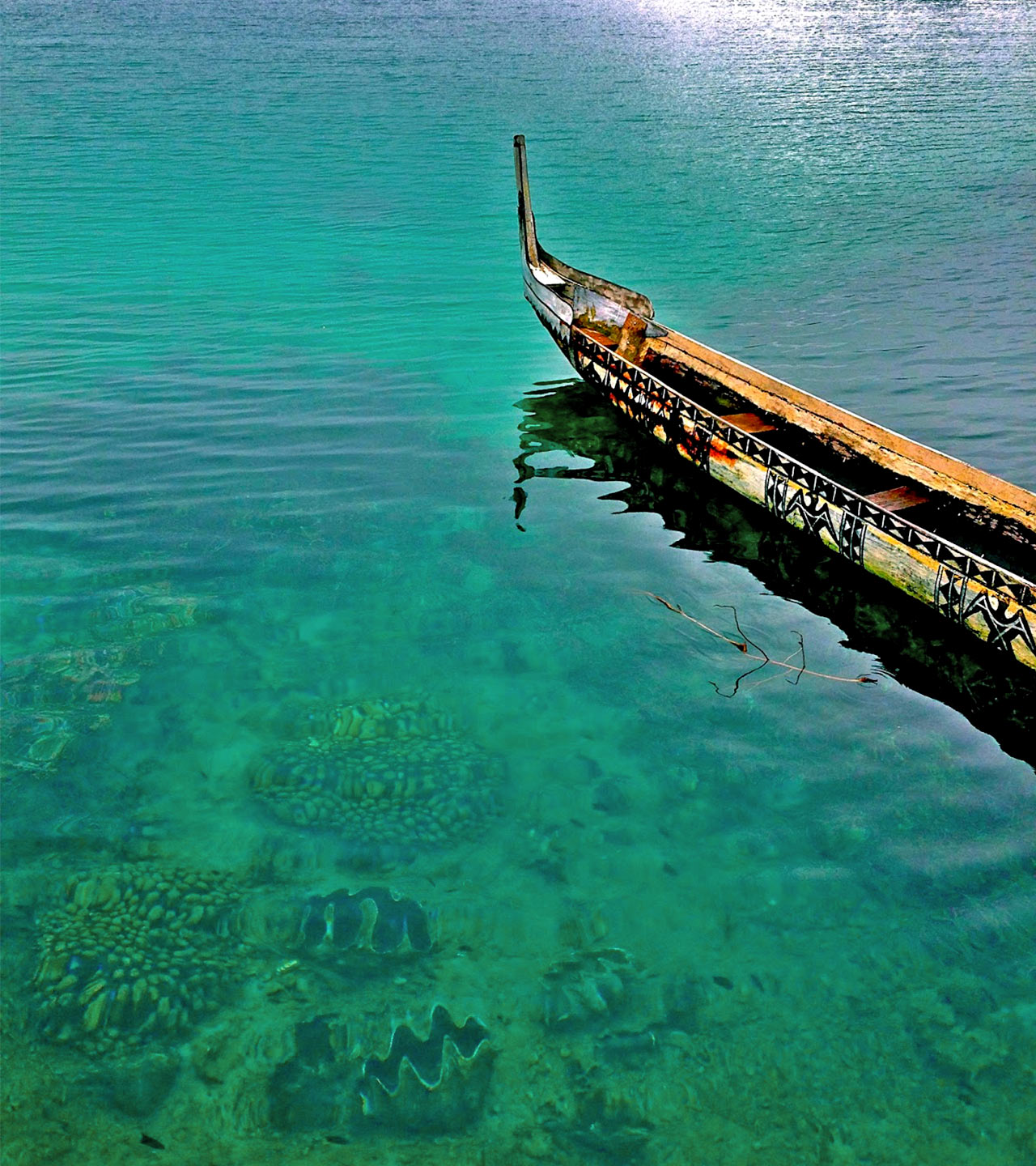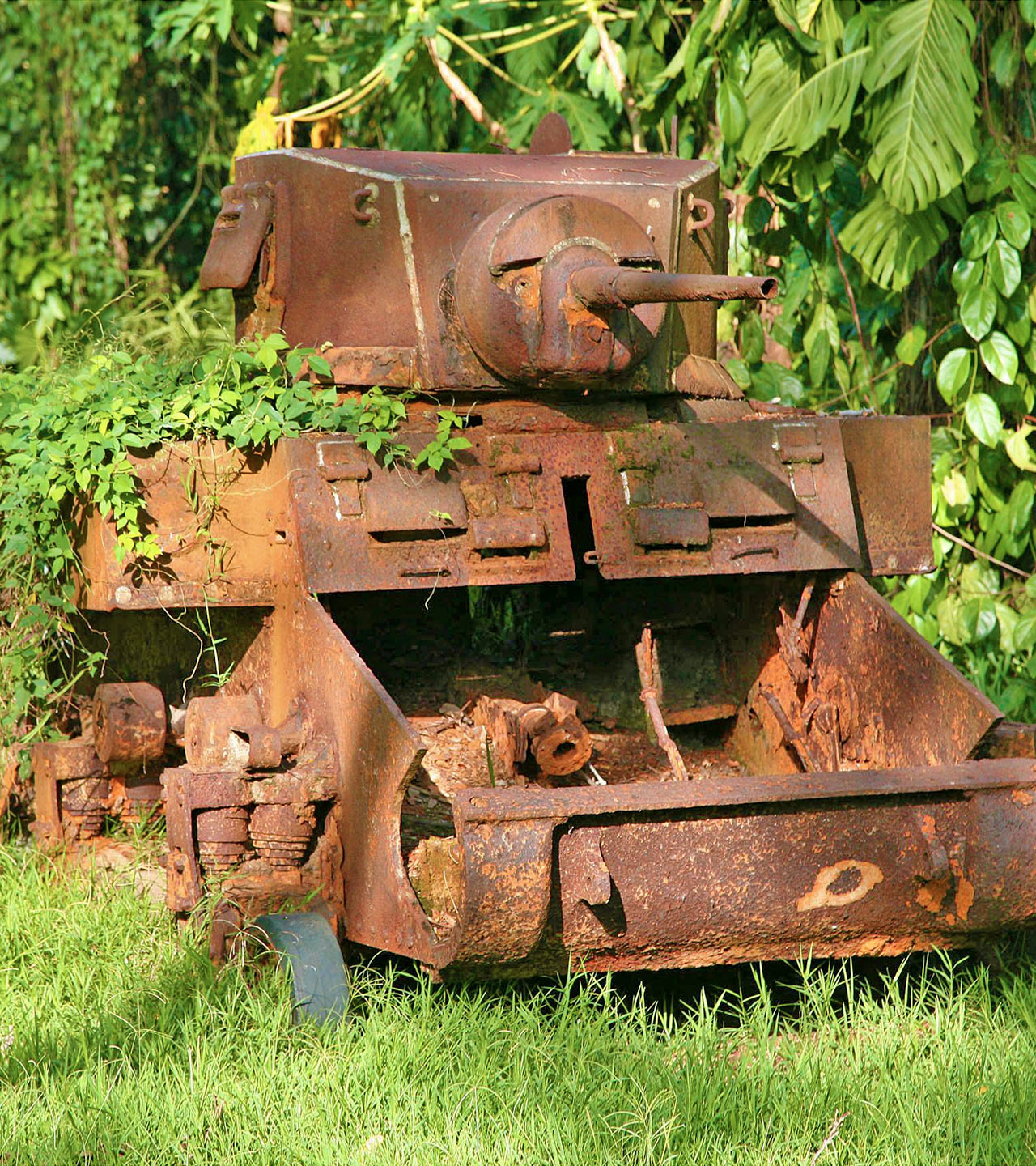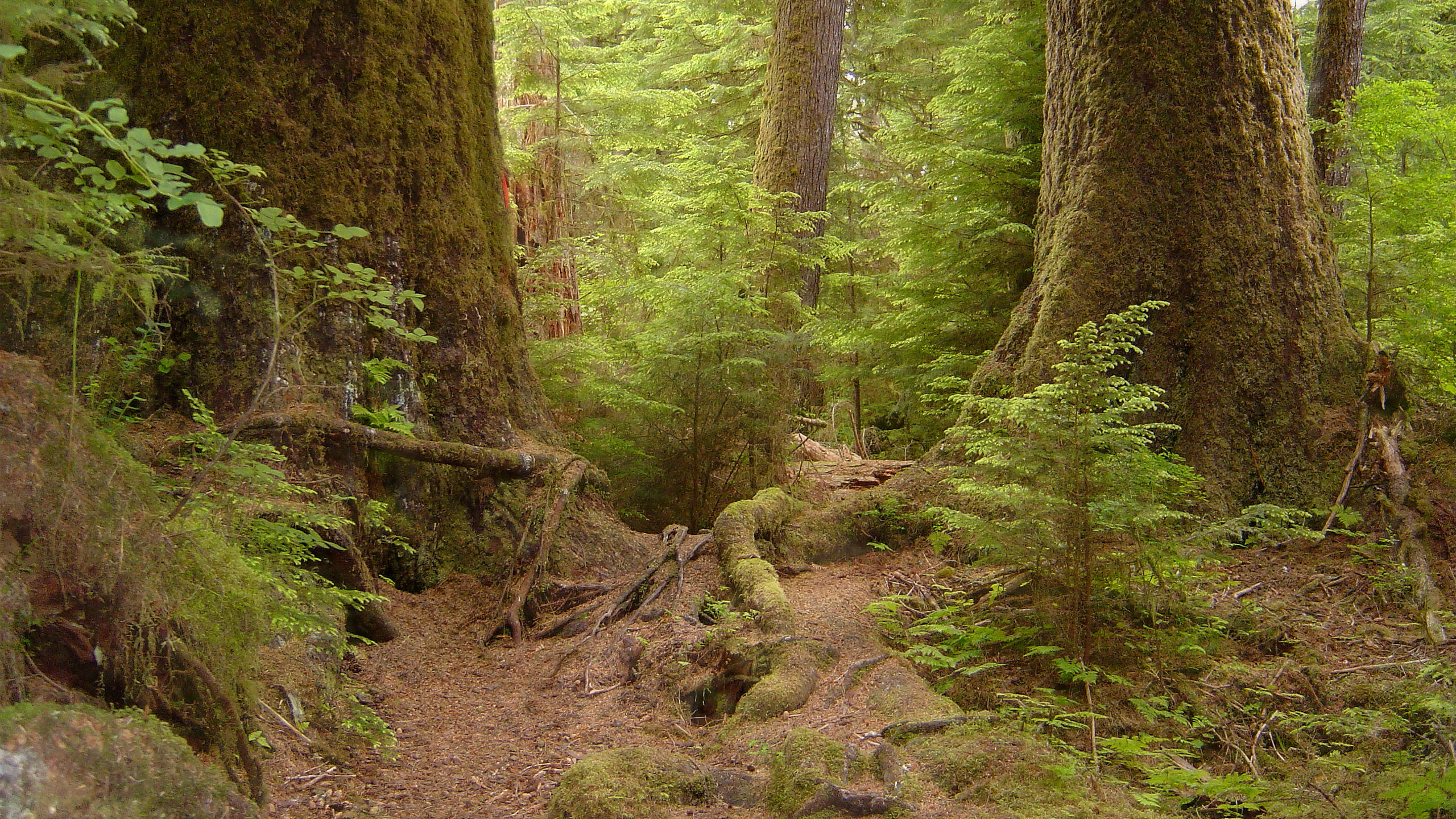Solomon Islands: A Tropical Paradise With A Fascinating Past
The Solomon Islands are still largely untouched by mass tourism, despite being famous for their history and beautiful surroundings.
Posted on
The Solomon Islands are every bit the iconic tropical paradise. Numbering nearly a thousand tiny volcanic islands to the east of Papua New Guinea, each is ringed with pristine beaches, shaded by nodding palm trees, with vibrant marine life around the nearby coral reefs. Many of the islands have seen hardly any human visitors, making them the perfect peaceful retreat.
Those of the islands which are populated support a fascinating tribal culture, ranging from mountain villages to bustling towns. There’s quite a lively scuba diving community, thanks to the many beautiful reefs and wrecks in the Solomon Sea. You’ll also find great surfing, fishing, hiking and some really interesting historical relics.

Where to see local culture in the Solomon Islands
Malaita Island is most famous for its rich Polynesian culture. It is the source of the shell-money, which is used as a currency throughout the archipelago. While the small polished shells are mostly now used for ceremonial payments, it does still have a cash value. The island is also home to mountain villages and unique panpipe bands, with natural delights including Kwaibala Waterfall. If you like surfing, be sure to stop at Lau Lagoon, just off the northeast coast of the island.
Santa Isabel is the longest of the Solomon Islands, and home to remote mountain villages in its wild interior. You can experience local dances at the end of adventurous treks through the beautiful landscape. While it’s not one of the more popular islands, being one of the least developed, the people there are well known for their hospitality.

Where to see war relics in the Solomon Islands
Guadalcanal is the home of the capital city of the Solomon Islands, Honiara. It is also a name which will be familiar to anyone who knows their Second World War history as being the site of one of the toughest campaigns in the Pacific. There are still rusted relics of the battles dotted around the island and in the sea surrounding it, making this a popular destination for both hikers and divers. Be sure to check out the Mataniko and Tenaru Falls – they take a long walk to reach, but the amazing natural views are worth it.
Savo Island is an especially interesting spot for those interesting in scuba diving on genuine war wrecks. The water to the east of it, between Savo and Guadalcanal, became known as Ironbottom Sound during the Second World War because of the sheer number of ships sunk there, particularly during the four large naval battles in the area. There are also quite a few crashed aircraft within recreational diving limits, and the island gets regular visits from wild dolphins.


Where to see beautiful nature in the Solomon Islands
On Rennell Island, you’ll find the awe-inspiring Lake Te’Nggano – the largest freshwater lake in the world. It’s famous for its endemic species of Sea Krait, as well as the unique Rennell white spoonbills and many other fascinating species of wildlife. Parts of the island have been declared a UNESCO World Heritage Site for their remarkable beauty.
Stop by Vangunu Island to see Kavachi – one of the most active submarine volcanos in this part of the Pacific Ocean. Named after a local sea god, the crater supports interesting marine life and the crater has some interesting dive sites close by (but not too close).
Destinations: Pacific Ocean